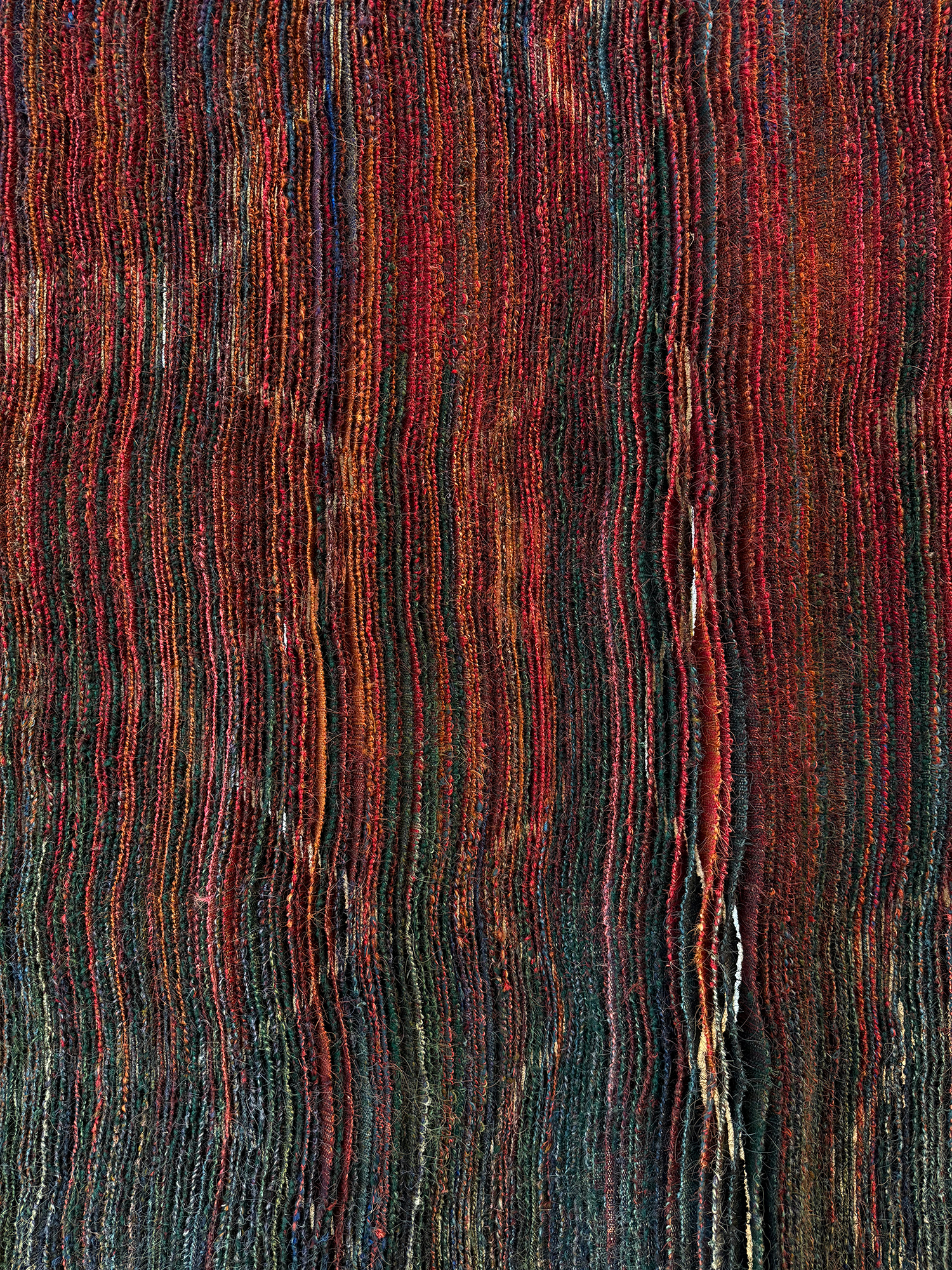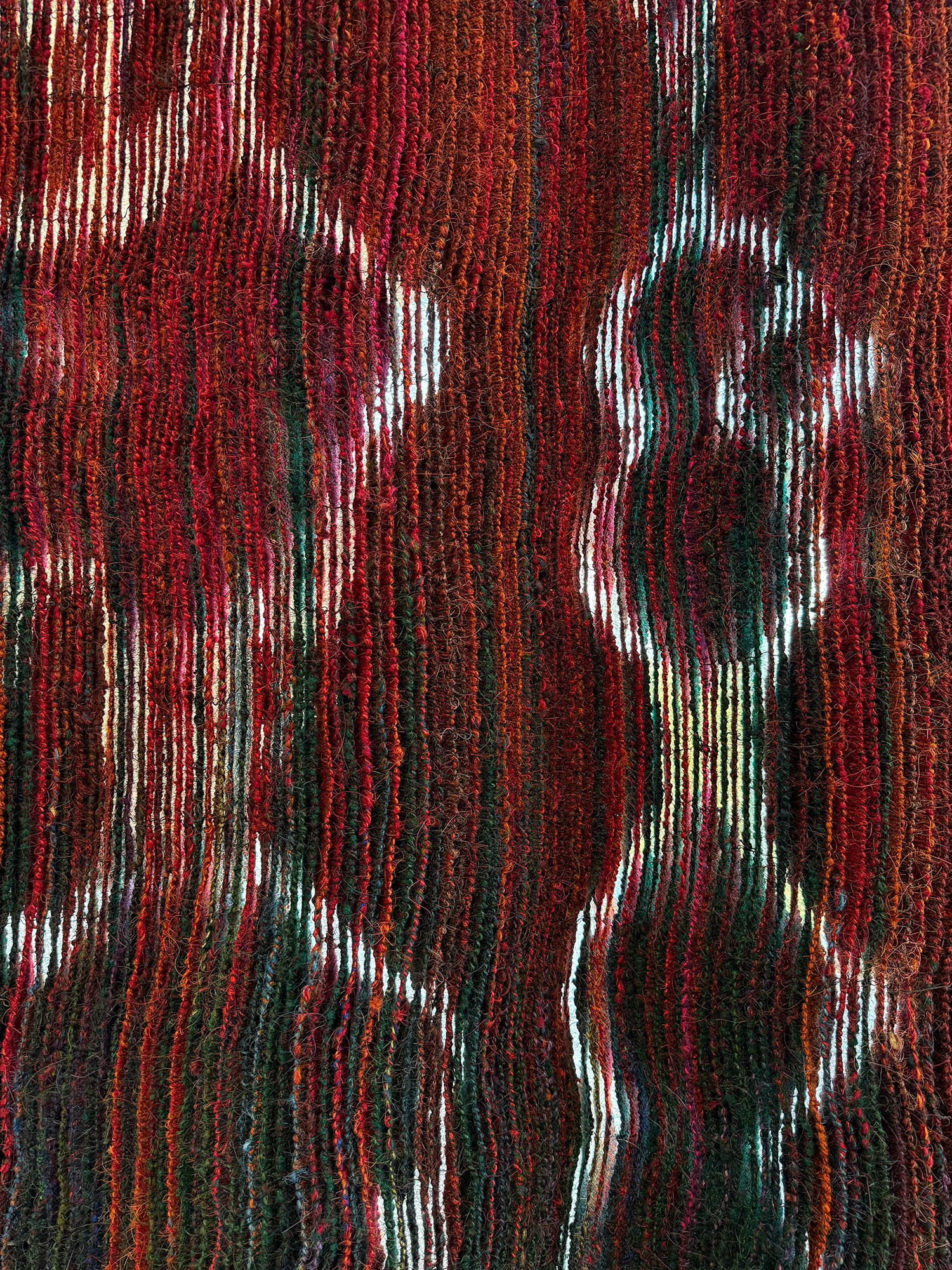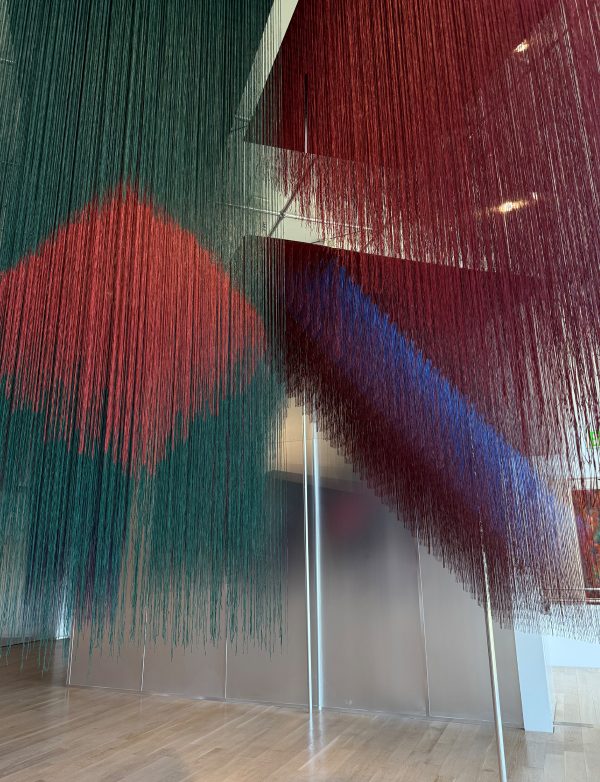Some works are so dimensional they almost shift the atmosphere around them. That rare sense of immersion, where form becomes feeling, is often reserved for gallery walls and sculpture halls. But what if we could bring that same energy into the spaces we live in every day? What if interior design could offer the same pause, presence, and resonance as a work of art?
I’ve always believed that great interiors do exactly that. They don’t just complement a life well lived—they elevate it. At their most powerful, they carry an emotional tone that lingers long after the lights are dimmed and the room is empty.
It’s no secret that interiors and art are closely intertwined. They influence and borrow from one another constantly. But the best spaces don’t merely contain art. They behave like it. They lean into composition and contrast. They explore depth and dimension. They consider silence as thoughtfully as they do structure.
This mindset shifts the role of the designer from curator to creator, from someone who places art on the wall to someone who builds with it in mind. It’s something I was recently reminded of while viewing the work of renowned Colombian artist Olga de Amaral at the Institute of Contemporary Art in Miami. Her work is known for dissolving the boundaries between fiber, sculpture, and architecture. Experiencing her pieces in person was a powerful reaffirmation of how materiality and emotion can transform space.
Among the exhibits was a collection that embodied everything I find compelling about dimensionality and artistic expression. In particular, one body of work stood out—not because it shouted, but because it hummed. Subtle, richly textured, and suspended in a way that made you feel its gravity. It offered more than visual beauty. It changed the pace of the room. And that, to me, is the exact feeling interiors should strive for.
Texture is often one of the first things we notice in a space, even if subconsciously. It draws us in. It tells us how to engage with a room. Whether it’s the raw edge of stone, the softness of velvet, or the deep grain of walnut, texture creates depth that color alone cannot. When used intentionally, it becomes a tool for storytelling. In the same way an artist layers pigment and material, we layer finishes and furnishings to create harmony and contrast. The tension between smooth and coarse, matte and gloss, light and shadow—it’s what keeps a room from feeling flat.
What I find most powerful about texture is its ability to slow you down. A heavily grained surface or handwoven textile asks for more than a glance. It invites touch. It invites pause. And that pause is often where emotion lives. In my own practice, texture is never an afterthought. It’s one of the most critical elements of our design process because it transforms how a space is felt, not just how it looks. When I walked through the exhibit in Miami and encountered a work that seemed to be woven from shadow and light, I was reminded of this. It wasn’t just beautiful. It was commanding.
Beyond its sensory power, texture also bridges the worlds of function and feeling. A marble countertop, a wool rug, a paneled wall—each performs a purpose, yet when thoughtfully selected, they can also ground the emotional tone of a space. That duality is something we lean into heavily. Because interiors, at their core, are lived-in art. They should serve and inspire in equal measure. Which means that every tactile choice carries weight.
The emotional impact of space has always fascinated me. There’s something incredibly powerful about walking into a room and instantly feeling something, even if you can’t name it. That feeling is often the result of dozens of micro-decisions—light levels, spacing, palette, proportion—but also something more intangible. It’s the designer’s sensitivity to rhythm, to restraint, to resonance. When a room can quiet your mind or stir your curiosity, it has done more than deliver good design. It has delivered presence.




Art and interiors share this goal. They are both about crafting experience. They speak through materials, through negative space, through unexpected juxtapositions. And when done well, they change the energy in a room. Olga de Amaral’s work did exactly that. The dimensionality of her woven pieces blurred the line between sculpture and textile. They didn’t simply exist on the wall. They transformed it. They shifted the emotional temperature of the space in the same way a great interior should.
That emotional undercurrent is something I aim to bring into every project. It’s why I often describe our work as sensory. Because we don’t design for the eye alone. We design for movement. For sound. For stillness. For how a space holds you when no one else is there. And that type of design requires thinking like an artist. Not just about what fills the space, but what it evokes.
There’s an elegance to restraint that often gets overlooked in a world obsessed with more. More color. More furniture. More statement pieces. But the most memorable interiors are often the ones that leave room for breath. They balance intention with ease. They let the materials speak. And they trust that mood can be as impactful as a centerpiece. That was one of the most striking things about the exhibition. It didn’t try to do too much. It trusted the integrity of the materials to carry the narrative.
As I continue to reflect on that experience, I’m reminded that true luxury in design is about more than finish levels or square footage. It’s about emotion. It’s about stillness. It’s about designing not just what we see, but what we feel. When we treat our interiors like living compositions—each with their own tone, rhythm, and tension—we create spaces that do more than impress. We create spaces that move people.
Designing with this level of awareness is not always the quickest path. It takes time. It takes restraint. And it takes a deep respect for the power of form and feeling. But when done well, it turns homes into sanctuaries, hotels into destinations, and public spaces into moments of reflection. That is the kind of work I strive to do. And that is the kind of work that will always be worth pursuing.
